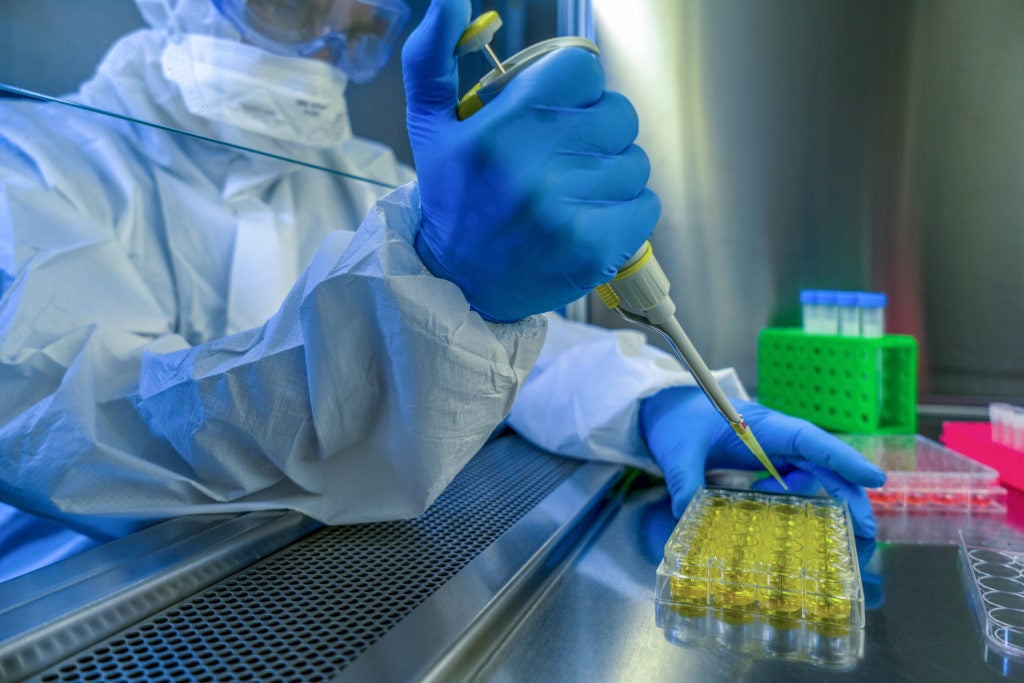

Both vaccine mRNA and the S protein have been detected in axillary lymph nodes up to 60 days after the second dose of mRNA-1273 or BNT162b2 COVID-19 vaccines, and at least one preprint study claims to have identified the S protein in blood samples by means of proteomic analysis up to >6 months after mRNA vaccine administration.

Indeed, in a woman with mRNA-1273 COVID-19 vaccine-induced thrombocytopenia, plasma S protein levels 10 days after vaccination were 10 ng/ml, thus nearly 100 times higher than those reported by Ogata and colleagues in vaccinated subjects with no apparent adverse effects, pointing to possibly excessive vaccine-induced production of S protein, in turn attaining concentrations high enough to significantly bind targets such as ACE2, and eventually resulting in vaccine toxicity.Ĭircumstantial evidence also suggests that endogenous production of S protein following vaccination may occur for a long time. It should be investigated whether the same occurs for COVID-19 vaccine-induced S protein, eventually leading to potentially toxic concentrations in tissues and organs where S protein happens to be produced. For example, levels of the neurotransmitter dopamine are up to 100 million times higher in brain areas where it is produced, in comparison to plasma where it occurs as a result of tissue spillover. Circulating S protein following vaccination, however, originates from endogenous production, and its concentration is therefore likely higher in tissues where production occurs. Regarding the S1–ACE2 receptor complex, plasma concentrations 100 000-fold lower than the equilibrium dissociation constant as in this case (1.5 pM vs 120 nM), likely exclude any significant S protein binding to ACE2 receptors.
#Protein in vaccine free#
The equilibrium dissociation constant measures the propensity for the bound ligand/target complex to dissociate to free ligand and target, and corresponds to the ligand concentration that is necessary to bind 50% of the available target. Such a concentration attained in plasma is lower than the S1–ACE2 receptor equilibrium dissociation constant, which has been reported to be about 120 nM. The S1 subunit estimated molecular weight is 90–100 kDa, one mole would therefore be 90 000–100 000 g and the 150 pg/ml plasma concentration reported in would be 1.5 fmol/ml or 1.5 pM.

Systemic bioavailability of COVID-19 mRNA vaccines has been indeed excluded until May 2021, when circulating S1 subunit was reported as early as 1 day after the first injection of mRNA-1273 COVID-19 vaccine, up to 150 pg/ml and for about 2 weeks after injection. Trougakos and colleagues appropriately point to the crucial importance of measuring vaccine-induced S protein in blood and tissues and its time course. Does the S protein leak into the circulation, at what concentration, and for how long?


 0 kommentar(er)
0 kommentar(er)
